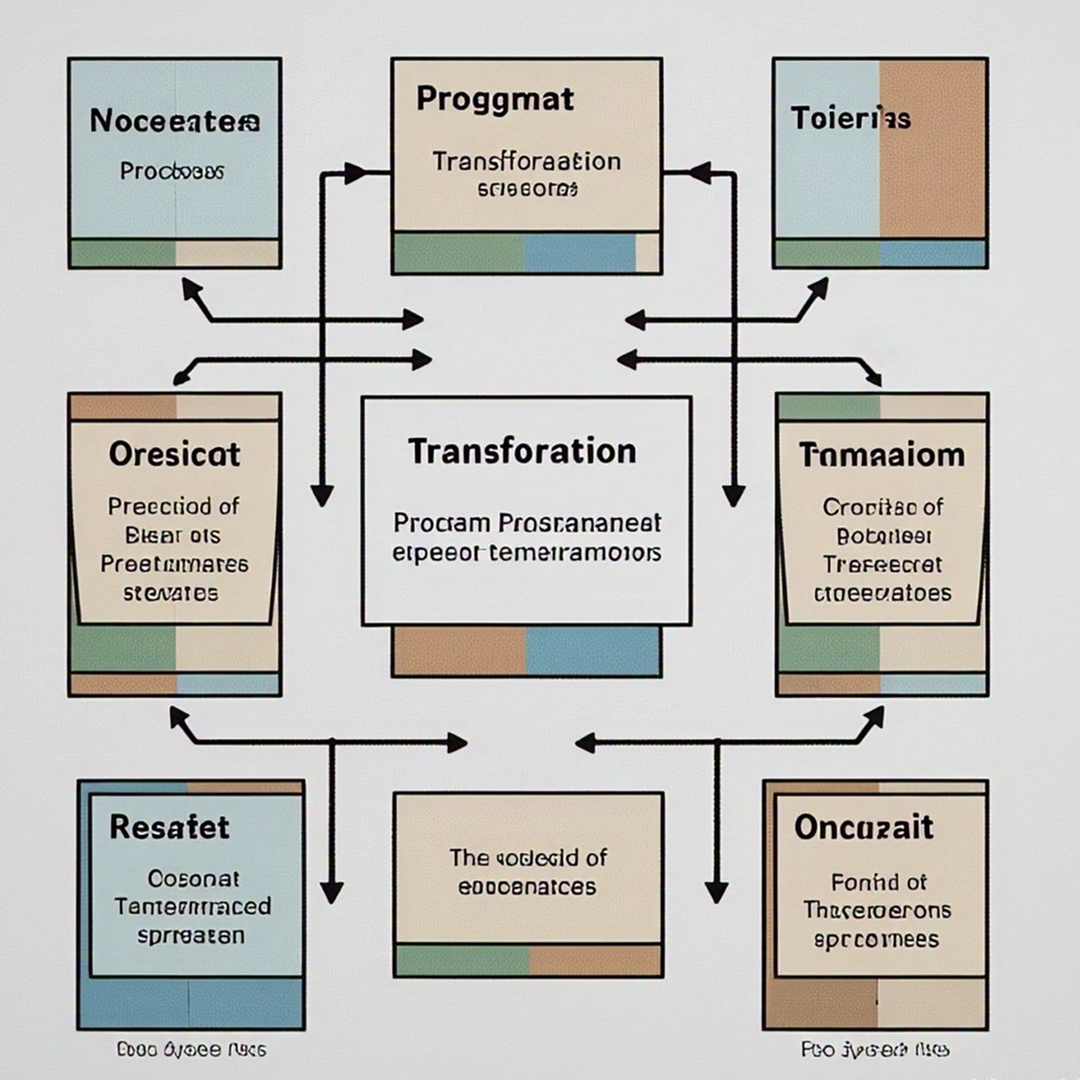Introduction to CodeRefactoring and Program Transformation
Code refactoring is a crucial aspect of software engineering. It involves systematically modifying program code to improve structure, maintainability, and performance without altering external behavior. Program transformation supports these goals by restructuring existing software for better efficiency. This process is essential for adapting applications to evolving requirements, optimizing performance, and improving readability. In this blog, we will explore code refactoring methodologies, techniques, and applications, highlighting its significance in modern software development.
1. The Need for CodeRefactoring and Program Transformation
As software grows in complexity, refactoring and transformation become necessary. Here’s why:
1.1 Evolving Requirements
Software requirements frequently change due to shifting user needs, market trends, and technological advancements. Coderefactoring helps developers modify existing codebases without starting from scratch, ensuring adaptability.
1.2 Code Optimization
Performance is critical in software development. Code refactoring techniques optimize execution speed, memory usage, and energy efficiency, ensuring smooth performance across various platforms.
1.3 Maintainability
Unreadable code increases maintenance costs and the risk of bugs. Code refactoring restructures software for better readability, making it easier for developers to modify and debug.
1.4 Integration of New Technologies
With emerging programming frameworks and tools, legacy systems must adapt. Code refactoring and transformation enable seamless integration of modern technologies into existing codebases.
2. Methodologies of CodeRefactoring and Program Transformation
Refactoring and transformation involve various methodologies:
2.1 Refactoring
Refactoring restructures code without altering its external behavior. Techniques include renaming variables, extracting methods, and simplifying conditions. Automated refactoring tools streamline this process.
2.2 Program Synthesis
Program synthesis generates code from high-level specifications. It allows developers to define what a program should achieve rather than how to implement it.
2.3 Transformation Systems
These systems provide structured frameworks for program transformation, ensuring that modifications preserve software functionality.
2.4 Domain-Specific Languages (DSLs)
DSLs enhance software transformation by allowing developers to express solutions in a more structured way.
2.5 Aspect-Oriented Programming (AOP)
AOP enables the separation of cross-cutting concerns from core logic, allowing structured transformations without affecting primary functionalities.
3. Techniques for Code Refactoring and Transformation
Several techniques are employed in program transformation. Here are some notable techniques:
3.1 Code Generation
Code generation involves generating code from higher-level representations, such as models or specifications. This reduces manual coding and minimizes human error.
3.2 Static Analysis
Static analysis tools examine source code without executing it. They identify potential issues like bugs, security vulnerabilities, or performance bottlenecks. Insights from static analysis can inform transformation decisions.
3.3 Dynamic Analysis
Dynamic analysis involves executing the program and monitoring its behavior. This technique uncovers runtime issues that static analysis might miss.
3.4 Program Verification
Program verification techniques ensure that the transformed program adheres to specified properties. Formal verification methods can validate that transformations preserve correctness.
3.5 Testing and Validation
After transformation, rigorous testing is essential. Automated testing frameworks facilitate this process, allowing developers to validate the correctness of the transformed code.
4. Applications of CodeRefactoring and Transformation
Program transformation has numerous applications across various domains:
4.1 Software Maintenance
In legacy systems, program transformation modernizes codebases. Techniques like refactoring and code generation can significantly reduce technical debt.
4.2 Performance Optimization
Performance-critical applications benefit from program transformation techniques. These optimize code for speed and resource usage.
4.3 Migration to New Platforms
When migrating applications, program transformation facilitates adapting existing code. This is particularly relevant in cloud computing and mobile application development.
4.4 Security Enhancements
Program transformation can enhance security by applying transformations that mitigate vulnerabilities. Automated tools help developers build more secure applications.
4.5 Integration of AI and Machine Learning
As AI and machine learning become integral to software, program transformation techniques help integrate these technologies. This may involve generating code for model inference.
5. Challenges in CodeRefactoring and Transformation
Despite its benefits, program transformation presents several challenges:
5.1 Complexity of Transformations
Designing transformations that preserve semantics can be complex, especially for large codebases. Ensuring transformations do not introduce bugs requires careful analysis.
5.2 Tooling and Automation
Many tools exist for program transformation, but automating complex transformations remains a challenge. Developers often need to customize tools to fit specific needs.
5.3 Resistance to Change
Organizations may resist adopting program transformation practices. Concerns about potential disruptions or the learning curve may arise.
5.4 Balancing Performance and Maintainability
Optimizing code for performance can lead to less maintainable code. Striking the right balance is crucial for long-term success.
Conclusion
Code refactoring is essential for modern software development, enhancing maintainability, performance, and adaptability. By applying structured transformation methodologies, organizations can ensure their applications remain scalable and secure. As businesses prioritize digital transformation, refactoring will play a key role in driving enterprise transformation, ensuring that software remains efficient, maintainable, and future-proof.
Do you like to read more educational content? Read our blogs at Cloudastra Technologies or contact us for business enquiry at Cloudastra Contact Us.
